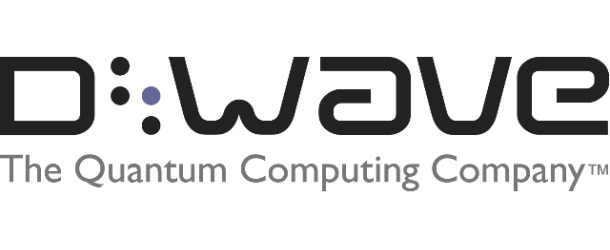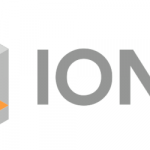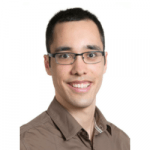D-Wave Releases its Next-Generation Quantum Annealing Chip

(ArsTechnica) D-Wave is announcing the availability of its next-generation quantum annealer, a specialized processor that uses quantum effects to solve optimization and minimization problems. The company is coupling the hardware’s release to the availability of a new software stack that functions a bit like middleware between the quantum hardware and classical computers.
D-Wave’s machine is not general-purpose; it’s technically a quantum annealer, not a quantum computer. It performs calculations that find low-energy states for different configurations of the hardware’s quantum devices. As such, it will only work if a computing problem can be translated into an energy-minimization problem in one of the chip’s possible configurations. That’s not as limiting as it might sound, since many forms of optimization can be translated to an energy minimization problem, including things like complicated scheduling issues and protein structures.
D-Wave is hoping that the new system, which it is terming Advantage, is able to demonstrate a clear difference in performance. Prior to today, D-Wave offered a 2,000 qubit quantum optimizer. The Advantage system scales that number up to 5,000. Just as critically, those qubits are connected in additional ways.
The 2,000 qubit machine had a total of 6,000 possible connections among its qubits, for an average of three for each of them. The new machine ramps up that total to 35,000, an average of seven connections per qubit.
One of the big differences between this process and standard chipmaking is volume. Most of D-Wave’s chips are housed in its own facility and get accessed by customers over a cloud service; only a handful are purchased and installed elsewhere. That means the company doesn’t need to make very many chips.
D-Wave considers it progress to have reached the point where it’s getting one useful device off every wafer. “We’re constantly pushing way past the comfort zone of what you might have at a TSMC or an Intel, where you’re looking for how many 9s can I get in the yield.”



















